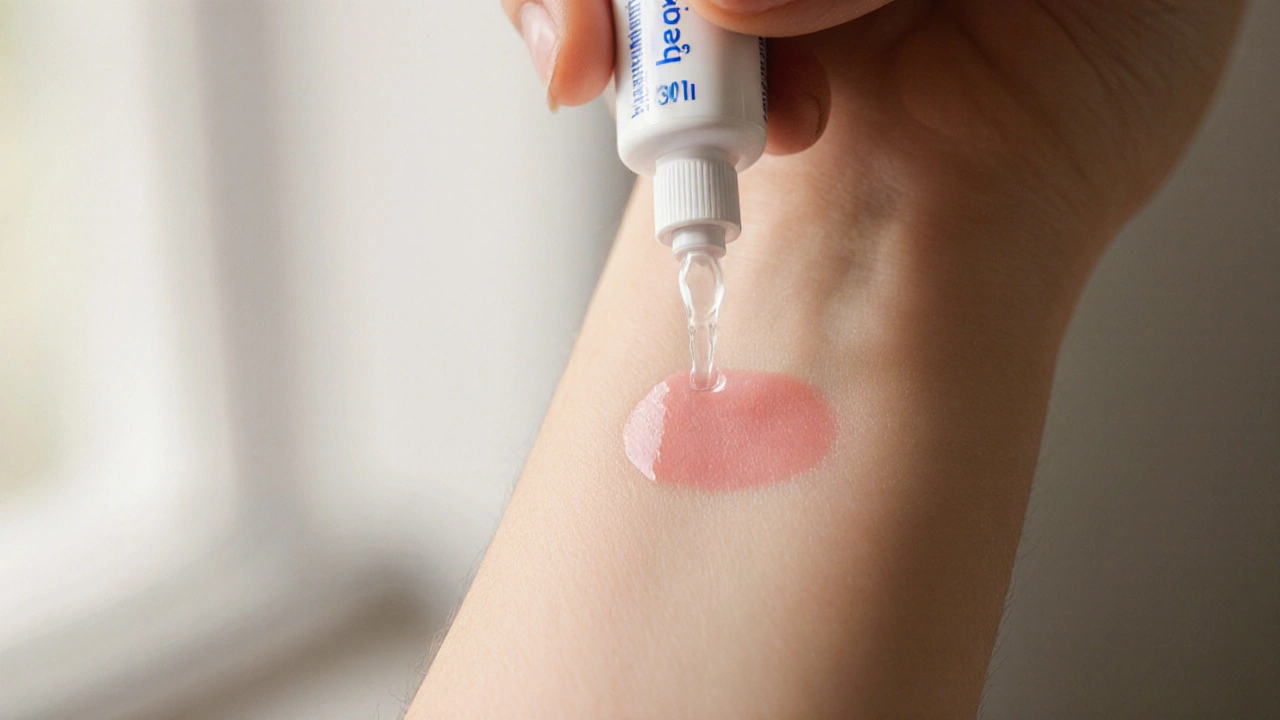When dealing with alternative scar treatments, non‑surgical methods that aim to soften, flatten or fade scars. Also known as non‑invasive scar care, it offers a gentler route compared to excision or revision surgery. alternative scar treatments encompass a range of tools, from topicals to light‑based devices. One of the most common first‑line options is silicone gel sheets, flexible silicone patches that hydrate the scar surface and modulate collagen production. Dermatologists often recommend them because they’re easy to apply, low‑cost, and backed by decades of clinical data. If you’re wondering why they work, think of them as a breathable barrier that keeps the scar moist while encouraging the skin to remodel itself – a simple principle that many other alternatives share.
For scars that are deeper or more resistant, laser therapy, targeted light energy that breaks down excess scar tissue and stimulates fresh collagen often steps in. Different wavelengths—fractional CO₂, pulsed dye, or Nd:YAG—address specific scar types, from hypertrophic raised marks to reddish discolorations. The treatment requires a series of sessions, but most patients see measurable improvement after just a few visits. The key relationship here is that laser therapy requires precise skin assessment and post‑procedure care, such as sun protection and gentle moisturizers, to lock in benefits. When paired with silicone sheets, the two methods can complement each other, delivering both structural remodeling and surface hydration.
Another minimally invasive technique gaining traction is microneedling, a procedure that creates tiny channels in the skin to trigger natural healing and collagen turnover. Microneedling works well for atrophic or pitted scars, where the skin needs a boost in texture. The process is quick, usually done in a clinic or at home with a certified device, and the downtime is minimal. Many users combine microneedling with topical agents—like vitamin C serums or peptide creams—to enhance results. Natural oil remedies, such as rosehip seed oil or aloe vera gel, often serve as soothing post‑treatment moisturizers; they provide antioxidant support without interfering with the skin’s regeneration cycle. Together, these options create a layered approach: laser for bulk remodeling, microneedling for texture refinement, and oils for gentle upkeep.
Below you’ll find a curated list of articles that dive deeper into each method, compare costs, explain when to choose one over another, and share real‑world tips from patients who have tried these alternatives. Whether you’re just starting to research or you’ve already experimented with a few products, the guides ahead give you practical, evidence‑based insights to help you decide the safest and most effective path for your scar journey.

A detailed comparison of Himplasia with silicone sheets, creams, patches, injections, lasers and pressure therapy, helping you choose the best hypertrophic scar treatment.
Read More© 2025. All rights reserved.